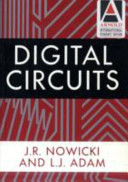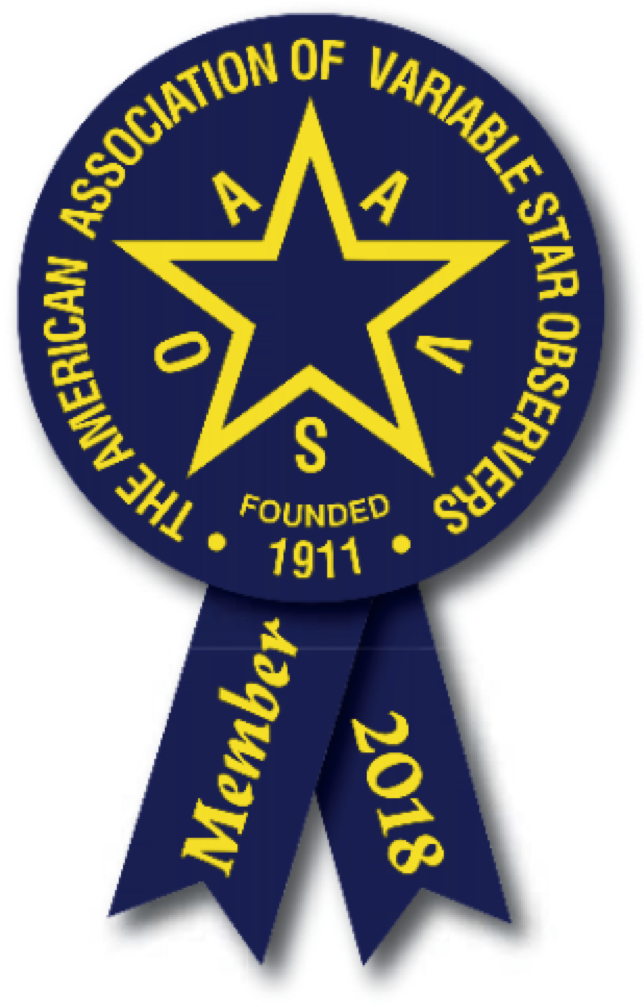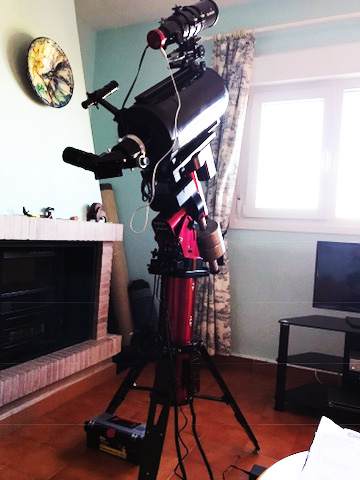Day 98 Saturday 28th June 2014 Drift Alignment
 Saturday, June 28, 2014 at 9:14AM
Saturday, June 28, 2014 at 9:14AM Based on yesterday's blog about Camera Orientation I produced a diagram that illustrates how a misaligned polar axis results in the movement of stars in the "eyepiece" or on the screen.
This assumes you are standing with North at your back facing South to the Meridian. It shows a misaligned polar axis and the track (in red) that the telescope will take as it tries to follow a star. The actual track (blue) of the star centred on the Meridian is to the left of the telescope track. As a result the star appears to drop down in the eyepiece or image view.
The next diagram shows the potential actions for differing results.
The next step is to track a star in the East to see the effect. The possible outcomes are shown in this diagram
I found a star near the meridian with the OTA on the West side of the mount. One second images 0f the star were displayed in CCDSoft and I used the magnify button to show any movement more readily.
The star drifted down (South) in the image so I adjusted the azimuth controls to rotate the polar axis anticlockwise - i.e. to the west.
I repeated the process with a star in the east but found little movement so I took a 5 minute image. The stars were nice and round so I left the alignment at that for the moment.
I finally got to the bottom of the problem with pointing - it was the Sky 6. What I had obviously forgotten since moving the Paramount to a new location the last time was that when the Sky6 asks for a Time Zone it needs a minus sign in front of it! In other words the box that asks for the time zone means that Time Zone 1 is actually Time Zone -1 in Sky6! Otherwise it is two hours out! That sorted the problem and allowed me to start a T Point mapping session that brought most stars to withing 2 minutes of arc of the cross hair box on the images coming in. I realised this when having sorted out the Polar Alignment the Sidereal Time was 2 hours adrift on the chart!
I now have 18 stars mapped to the West of the Meridian. I found that when I tried to slew to Vega on the other side of the Meridian it was not in the field of view although when I checked at the telescope through the finder it was very close. I took a 20 second image of the position it had slewed to and solved the plate.
This is the image showing the stars found. The bright star is SAO 47587
The astrometry lists the stars found and gives the centre of the image
Note that the camera is still 2.75 degrees away from North - a little bit of rotation needed.
This chart shows the distance of the field from Vega
This gives the actual error - quite large! 1.5 degrees! Obviously more TPoint mapping needed. Of course a synch on this side of the mount will improve matters considerably.
I stopped at that point (2 a.m.) Tonight I will slew from the home position to Vega and synch that into the TPoint model when I have centred it. I will then map stars to the East of the Meridian and see how the general pointing improves.
 [Your Name Here] | Comments Off |
[Your Name Here] | Comments Off | 







